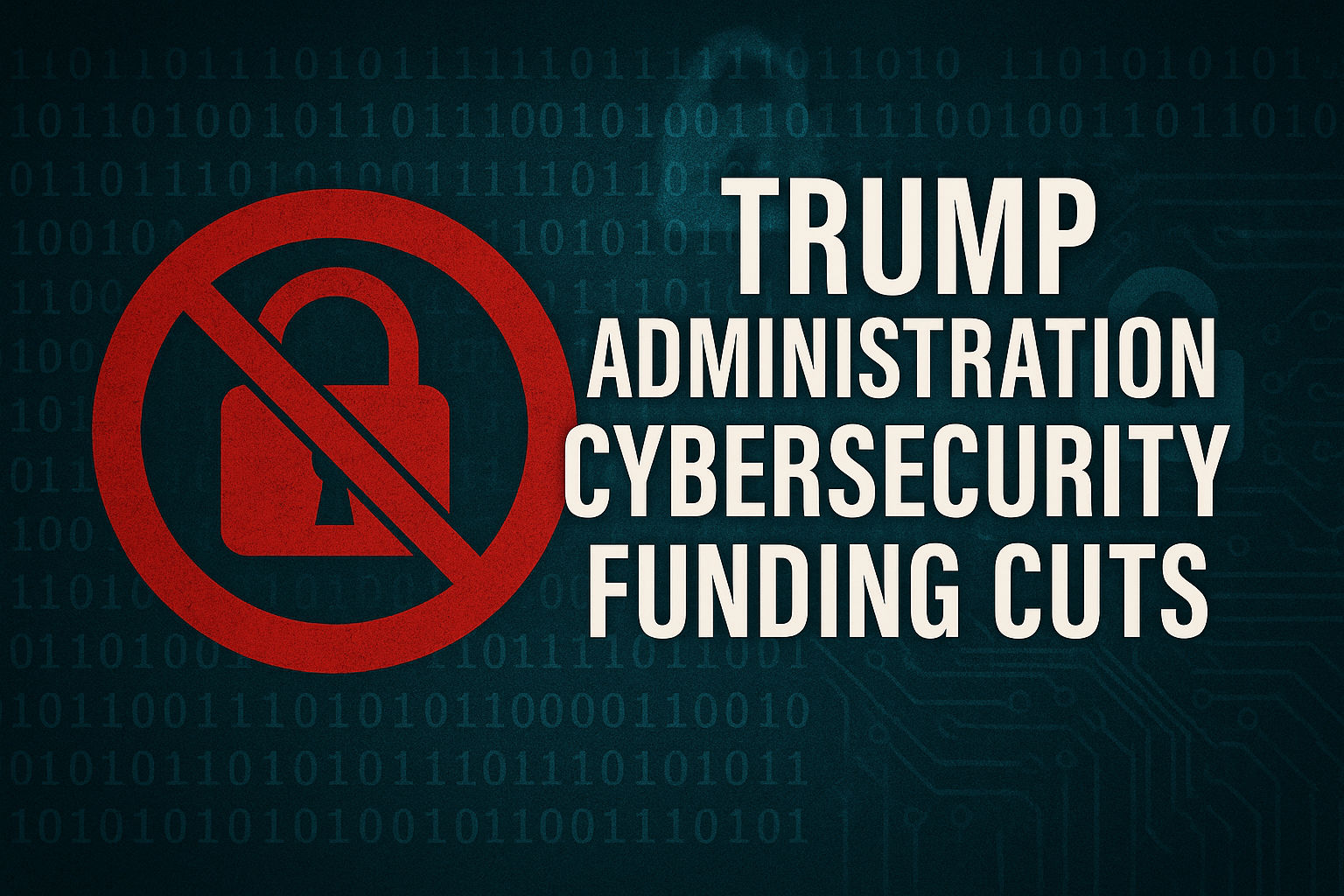What’s Going On?
Let’s talk about something that flew under the radar for a while: cybersecurity funding cuts under the Trump administration.
Between 2017 and 2020, the federal government made several decisions to pull back on cybersecurity budgets. For a world becoming more digital every day, this raised a lot of eyebrows.
The big question?
Did cutting those funds leave the country open to cyberattacks?
Let’s break it down in plain English—with real examples, numbers, and a few eye-openers.
What Is Cybersecurity Anyway?
Before we dive into politics, let’s be clear on the basics.
Cybersecurity means protecting systems, data, and networks from digital threats. That includes hackers, ransomware, malware, and foreign actors trying to mess with sensitive data.
Here’s where cybersecurity quietly works in the background:
- Stopping spam and phishing emails
- Keeping hospital records safe from ransomware
- Protecting banks from fraud
- Securing elections and government systems
Without it, bad actors can break in and cause real damage—not just to computers, but to actual lives.
What Got Cut Under Trump?
Let’s look at a few key examples of Trump Administration cybersecurity funding cuts:
| Agency/Program | What Happened? |
| Homeland Security (DHS) | Around $250 million cut from cybersecurity in 2020 |
| Cybersecurity & Infrastructure Security Agency (CISA) | Requested more funds but didn’t always get them |
| Research and Innovation Programs | Saw 12–15% cuts in some areas |
To be fair, not everything was defunded. But several departments either faced cuts, flat budgets, or slow approvals during a time when cyber threats were growing fast.
Why Experts Were Concerned
Cyber pros didn’t stay quiet. Many warned that:
- Attack detection would slow down
- Old systems would go without updates
- Training programs for cyber teams would get cut short
A former Homeland Security official put it simply:
“You don’t wait for a cyber disaster to invest. You prepare before it hits.”
A Real-Life Example: The SolarWinds Hack
This one’s big.
In late 2020, hackers (linked to Russia) broke into dozens of U.S. government systems by targeting a software company named SolarWinds.
Here’s what made it terrifying:
- It went unnoticed for months
- It hit the Pentagon, Treasury, and DHS
- It showed how bad actors can walk right through the front door when systems are outdated
Experts believe that with better tools and more resources, the attack might have been spotted—or stopped—sooner.
Visual Snapshot: Budget vs. Threats
What it shows: Threats went up, but budgets didn’t keep pace.
Why Were the Budgets Cut?
Here’s why many of these cuts happened:
- The administration wanted to shrink overall federal spending
- There was a belief that private companies should handle their own cybersecurity
- More focus was placed on physical threats like border security
To be clear, cybersecurity wasn’t ignored. But it didn’t always get the funding or attention experts said it needed.
Who Felt the Cuts the Most?
🔹 CISA (Cybersecurity and Infrastructure Security Agency)
Built to protect critical infrastructure (like elections), CISA started strong in 2018. But with limited staff and flat budgets, it faced a tough job during rising cyber attacks.
🔹 NSA (National Security Agency)
The NSA had some of its cyber programs reduced or merged. Some internal shake-ups didn’t help either.
🔹 State and Local Governments
Many of them rely on federal help. Without enough support, they struggled to upgrade systems—especially during COVID-19, when everything moved online fast.
Why It Matters to National Security
Let’s put this in perspective.
Cybersecurity is national security.
Cutting budgets doesn’t just affect IT teams. It can:
- Leave power grids exposed
- Allow hackers into voter data
- Delay emergency response systems
In today’s world, a cyberattack can do as much damage as a physical one—if not more.
What Could’ve Been Done Better?
Instead of pulling back, many experts suggested:
- Increasing funding for the most at-risk systems
- Hiring and training more cyber talent
- Working closer with private companies to improve shared defense
Some even floated the idea of a national cyber emergency fund—like FEMA, but for digital disasters.
What Changed After 2020?
By 2021, with new leadership and growing attacks, the tide began to turn.
We saw:
- More budget proposals to boost cyber defense
- Emergency funds to fight ransomware
- A renewed push to protect government networks
But rebuilding takes time—and the effects of earlier funding gaps didn’t disappear overnight.
✅ Final Takeaway
The Trump Administration cybersecurity funding cuts sparked debate—and for good reason.
As cyber threats increased, holding back on investment in digital defense may have made the U.S. more vulnerable than it needed to be.
The bottom line?
Cybersecurity isn’t optional anymore. It’s critical. And it needs consistent support—no matter who’s in office.
Frequently Asked Questions
Q1: Were all cyber programs slashed?
No, but many didn’t get the increases they needed. Some had budgets frozen or requests denied.
Q2: Did private companies help fill the gap?
They tried, but national cybersecurity still needs strong federal leadership and investment.
Q3: Was the SolarWinds attack caused by the budget cuts?
Not directly. But experts say better funding might have helped spot the breach sooner.
Q4: What’s the situation now?
Funding has improved in recent years. But experts say we’re still playing catch-up.
